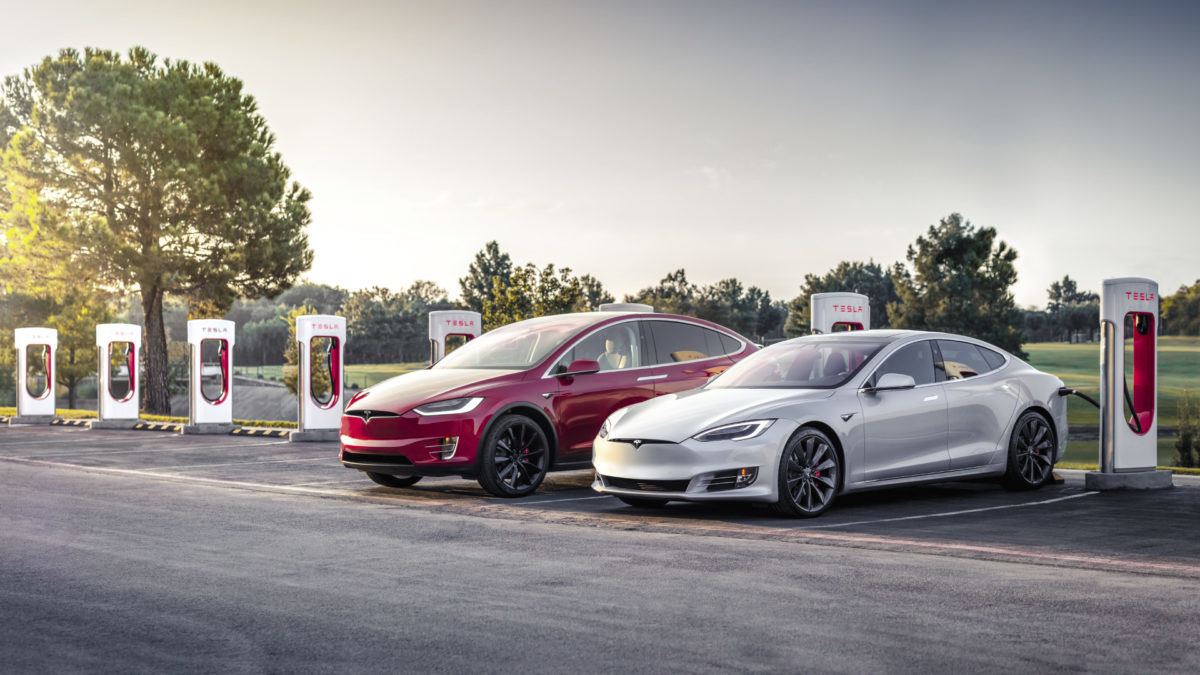The next wave of lead battery adoption could come from electric vehicles (EVs), but it would mean auto manufacturers opting for lead charge batteries over lithium ion battery.
While lithium-ion batteries have built a remarkable presence, lead-acid batteries are still decades ahead in terms of production costs, adoption and recycling: Lead-acid batteries are 99% recyclable, which makes them the biggest contender for EVs and renewable energy storage solutions.
The market size
The Indian lead-acid battery market is projected to reach $7.6 billion by 2023, primarily driven by booming demand for automobiles, with an increasing regulatory focus towards boosting the penetration of EVs in the country. Asia, particularly China and India, are the biggest markets of lead-acid batteries in the world.
Furthermore, growing application of energy storage applications in industrial sectors is expected to provide a significant growth opportunity for lead-acid batteries in the near future.
Deepak Ojha, Managing Director of Waldies Compound, manufacturer of red and white lead for storage batteries, said: “In so far as the market size in value is concerned, lithium-ion has already overtaken by a bare-minimum in 2018. However, in terms of energy storage, 75% of the market is still facilitated by lead-acid batteries. EV charging stations will require huge cooperation from lead-acid batteries to economize operations.”
The recent budget announcement was bent towards EVs, which, by default, demand economical and easily recyclable batteries, where lead-acid batteries emerge as the winner.
Cost, recyclability: major advantages
“Cost-optimized energy storage installations will use lead as preferred battery storage systems,” stated Francisco Trinidad, Exide Europe, at the International Lead Conference, Spain.
With developments in the packaging of batteries and their construction, durability and storage capacities of lead-acid batteries have improved considerably—presenting opportunities in emerging sectors such as renewable energy. Stationary lead-acid batteries are more efficient in storage of energy obtained from renewable sources like wind and solar, and are more suitable installations in offshore and onshore platforms to store, supply and direct electric power as per the requirement.
Lead-acid batteries are comparatively cheaper than other battery types such as Ni-MH and Li-ion. Moreover, these have the highest recyclability percentage of any product, and are therefore likely to find more takers owing to their reduced cost of production.
Focus areas
Andy Bush, managing director of International Lead Association, after the recently concluded International Lead Conference, added, “The industry must come together for a sustainable future of lead.”
“The problem is not the pollutant, but the irresponsible handling of it. Organizations like ours and Gravita are investing substantially to upgrade the current infrastructure for improvised material handling and recycling,” Deepak Ojha added.
Lead-acid batteries have been constantly derided for the amount of pollution they emit. There has been significant legislative pressure on the industry across the globe, especially in Europe.
However, major stakeholders of lead industry, lead-acid batteries, metal recyclers, smelters and other manufacturers of lead products are focusing on reducing pollution through R&D initiatives for sustainable technologies.
This content is protected by copyright and may not be reused. If you want to cooperate with us and would like to reuse some of our content, please contact: editors@pv-magazine.com.









Size and weight of batteries are the major rangeconstraining factors for electric vehicles. This is the main reason lithium ion batteries are used over lead acid.
I don’t see this addressed at all?
This article sounds tilted towards lead acid technology.
However for tropical countries, lead acid technology will be more compatible to the ambient temperature
The technology has not been pushed for lead acid like lithium ion. There is a company Firefly Energy that makes a carbon foam/lead AGM battery for harsh environments. The energy density is not quite as high as some specific deep discharge lead blending’s. The well know problems of lead/acid, low energy density somewhere in the 30 to a little over 200 Wh/L. The Firefly product is around 100Wh/L. The major problem with lead/acid is temperature and depth of discharge, creating sulfating and shortening the cycle life of the battery.
Lead/acid batteries around 500 to ‘maybe’ 1,000 charge/discharge cycles. Do not work well in colder temperatures if under 50% DoD. Capacity damaged if the battery is operated in a discharged state in cold temperatures. Sulfate growth, creating a short in the battery cells.
The lead/foam technology can be discharged fairly deep without long term sulfates and cycle degradation. Cold temperatures do not affect the current capacity of the battery like lead/acid. The charge/discharge cycles of the lead/foam battery are in the neighborhood of 1,000 to 2,000 cycles depending on the designed DoD of the battery pack.
Price seems to be a little high. Retail prices for the type 31 battery have been quoted around $500 per unit. IF one is a bulk user, you might be able to bring that down by contacting the factory and buying in bulk.